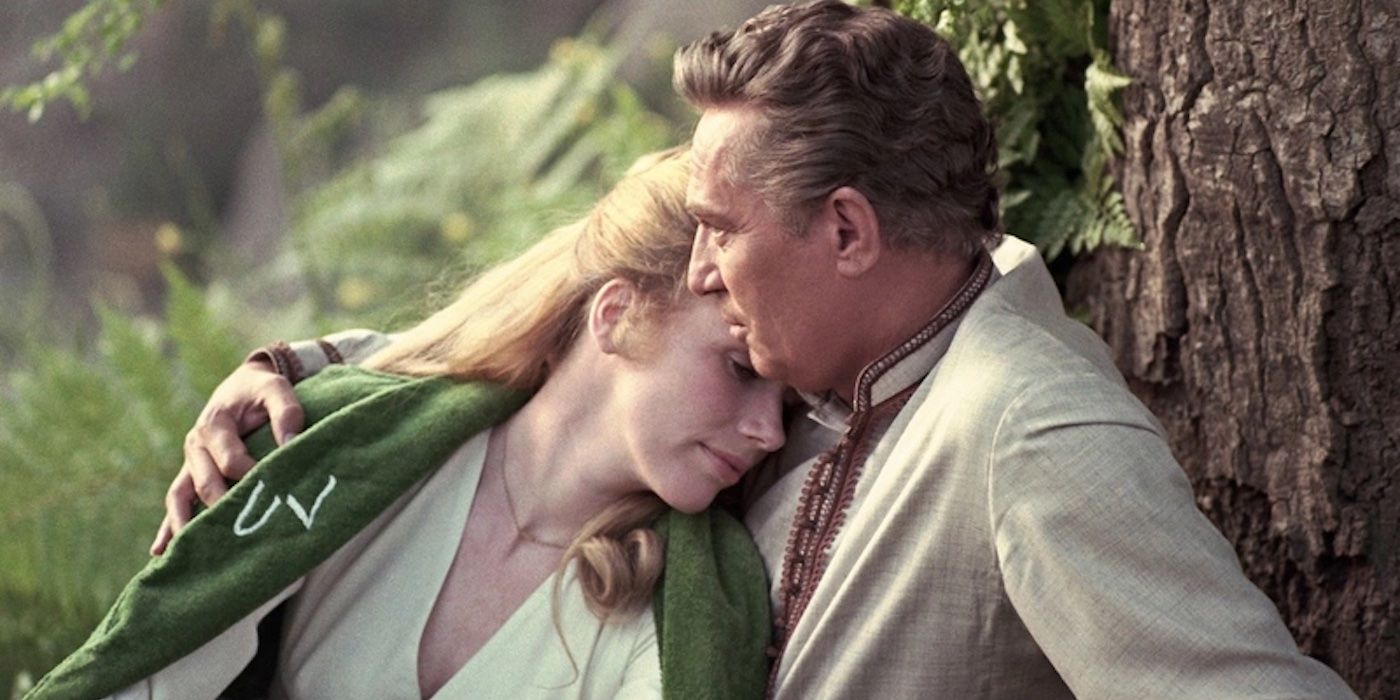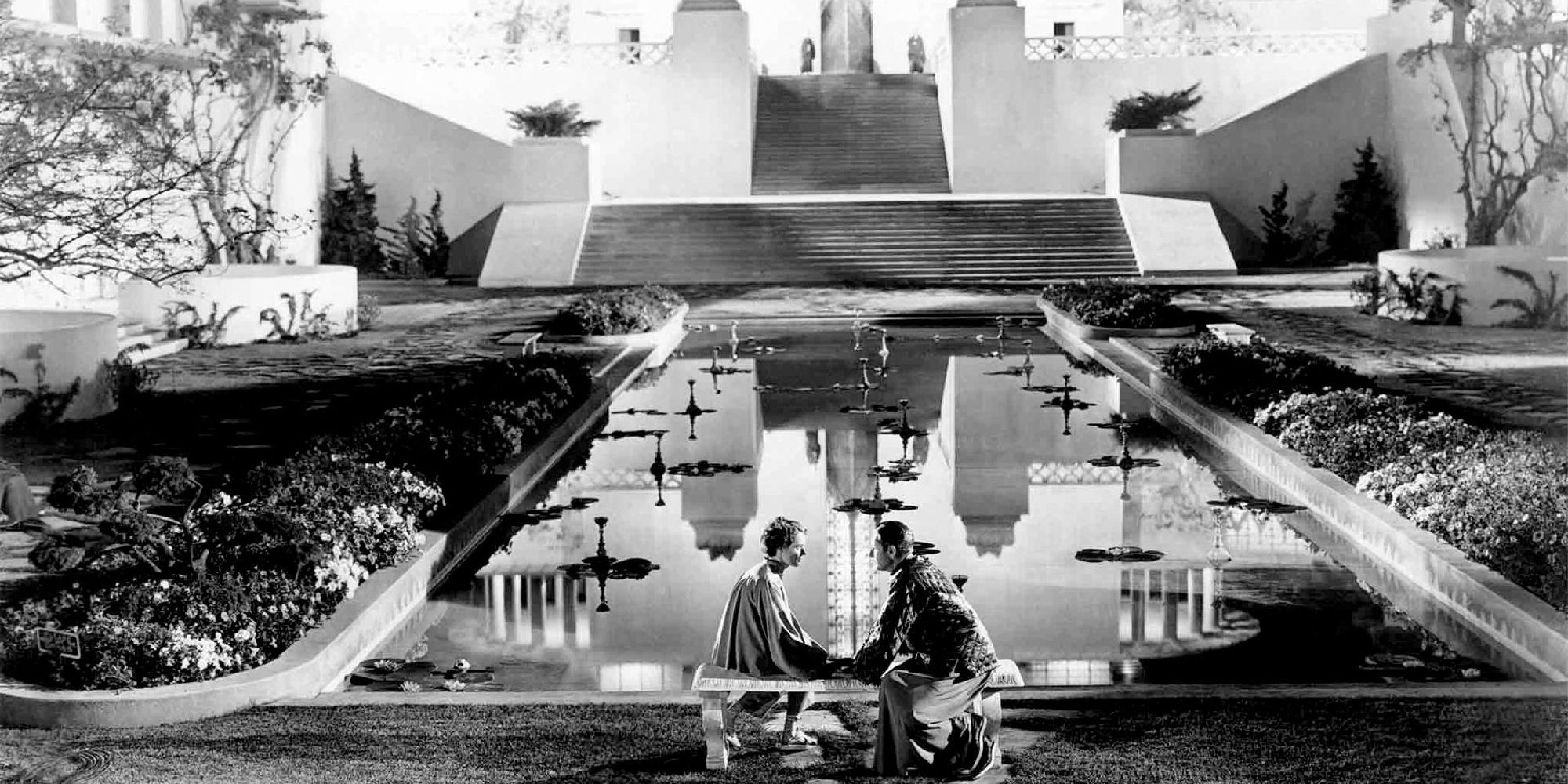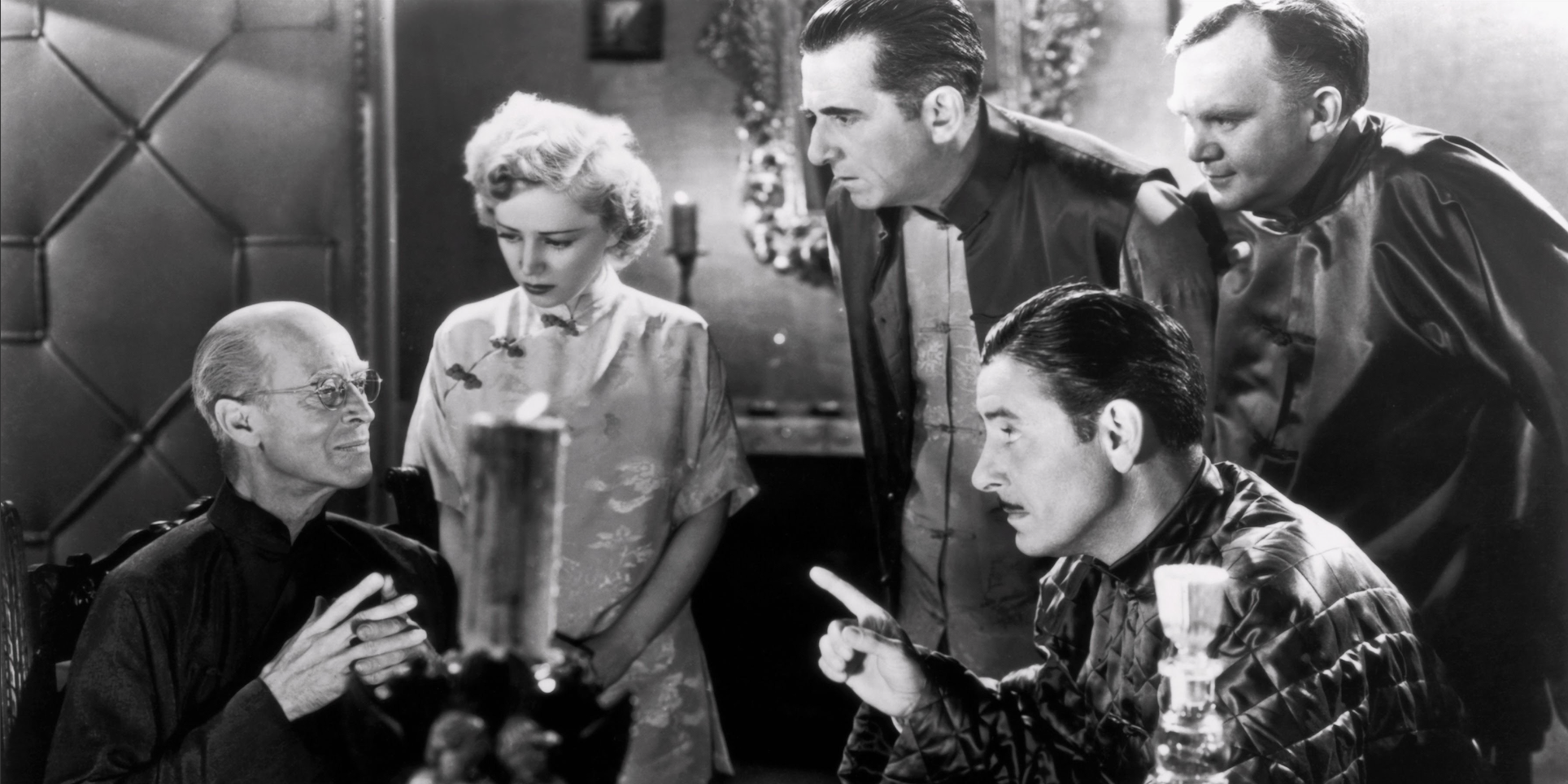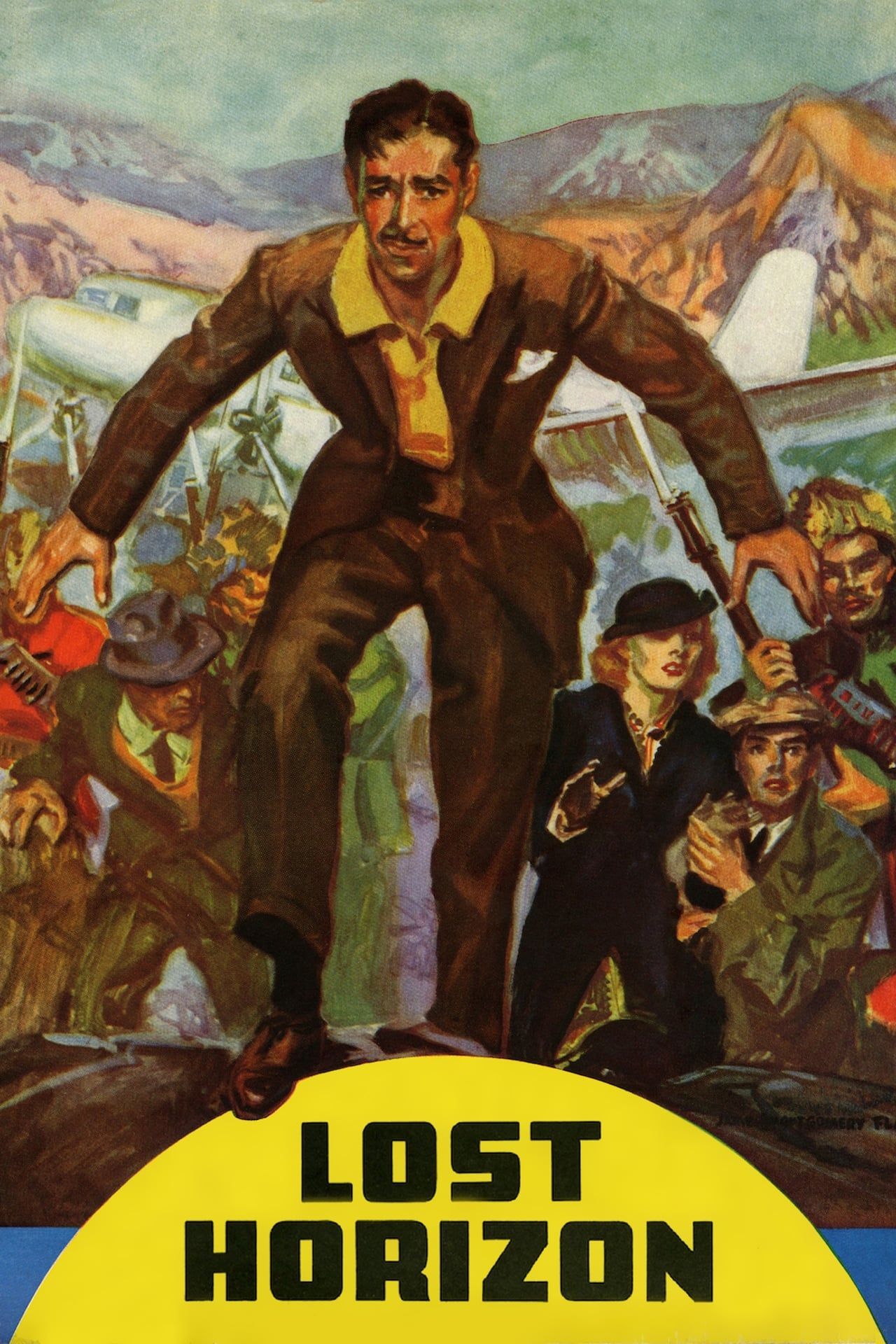[ad_1]
American filmmaker Frank Capra began his career in the silent movies, helping to showcase and shape comedian Harry Langdon’s gentle character for Mack Sennett. He went on to have his first big hit with the early talkie It Happened One Night, a wonderfully funny rom-com that won all 5 top Oscars in 1935. He followed this with a series of still-popular comedies with social messages that were also made for Harry Cohn at Columbia Pictures, including Mr. Deeds Goes to Town (1936), You Can’t Take It With You (1938), and Mr. Smith Goes to Washington (1939). Respectively, these films argue (with their laughs) for the virtues of harmless eccentricity, humanity, and simplicity.
Sandwiched between Mr. Deeds and You Can’t Take It With You was a picture unlike anything Capra had ever done or would ever do: Lost Horizon. The film is not set in, nor is it about, Italian-born Capra’s beloved adopted homeland, America, like all the rest of his films, instead, taking place in faraway and mythical locations. It is seasoned with mild humor (mostly from Edward Everett Horton and Thomas Mitchell) but is definitely more of an adventure story and fantasy. Its themes span weighty subjects as war and peace, greed and generosity, and fate and choice; all done with a stylishness, gentleness, and seriousness absolutely unique in Capra’s oeuvre.
What is ‘Lost Horizon’ About?
Diplomat and adventurer Robert Conway (Ronald Colman) leads a party of British citizens fleeing the violence of war-torn China by plane. Aboard the plane is a cross-section of modern types: Conway’s immature and hot-headed brother, a sick and disillusioned woman, an egg-headed scientist, and a conniving opportunist. They are all quickly spirited away to Shangri La, a lush and verdant paradise hidden in and surrounded by the Himalayan mountains. It is a place that time has forgotten, a place without crime or disease, where people seek culture, joy, and contentment. Soon, the visitors are offered the chance to stay in Shangri La or go back from where they once came. The film takes its time, concerning the choices each of the outsiders makes.
Capra’s ‘Lost Horizon’ vs. ‘It’s a Wonderful Life’
All Capra films are invariably measured against It’s a Wonderful Life, his best-known, most-loved masterpiece, still in heavy seasonal rotation around the world almost 80 years after it was made. Made during WWII but released soon after, it shares fantasy elements with the earlier Lost Horizon. However, whereas Wonderful Life’s fantasy of George Bailey’s alternate life occupies only the last quarter or so of that film, Lost Horizon enters the magical Shangri La at about the 30-minute mark and stays there the majority of the runtime. The film is almost entirely fantasy but a relatable, recognizable fantasy with an idealized Eastern sensibility and timeless art deco look. Lost Horizon, made in the bitter depths of the Depression and under the looming shadows of the coming Second World War, was Capra’s desperate plea for peace and hope amidst the darkness. He made it as a wishful gift to the world’s peoples, a vision of the choice we all have between heaven on earth or hell.

Related
How the Modern Movie Musical ‘Lost Horizon’ Went So Wrong
This 1973 singing and dancing extravaganza became one of Hollywood’s biggest flops.
The film begins in a fictional Chinese location called Baskul during the unrest surrounding Mao’s revolutionary early rise to power. The scenes that take place here represent the chaos and horror of all wars.The five people on the plane represent various personalities within the audience: a diplomat, an intellectual, a reactionary, an opportunist, and a victim. Strangely, only Conway, the diplomat, recognizes Shangri La for what it is — the answer to his prayers, and he wants to stay. All the others, to varying degrees, are a bit more uneasy and want leave and go back home. Following their marvelous first meal, Conway’s hot-headed brother thoughtlessly demands help to get back to civilization. Chang, their gracious host (played by H.B. Warner), answers, “Are you so certain you are away from it?” to which Conway smiles bemusedly. Lost Horizon asks: if we were offered paradise, would we take it?Would we even see paradise for what it was, or would we reject it and flee back to our previous lives and so-called civilization? Finally, what would be the peril of rejecting that gift? Pretty heady stuff for a Capra movie.
‘Lost Horizon’ Features a Stellar Cast Including Capra Favorites
Debonaire Ronald Colman, as Conway, with his marvelously articulate deep voice, begins the picture as a world-weary man while embodying the fortitude of a courageous leader. He becomes a hopeful visionary and frequently expresses Capra’s widely known politically humane moral sensibilities. Jane Wyatt, as Sondra, the admirer who brings Conway to Shangri La and the woman he comes to love, portrays her as a kind of liaison to Shangri La with simple beauty, humor, and warmth. Much of the somewhat stereotypically sexist humor for the time is made of the implicit relationship between fey and fussy Edward Everett Horton, and pushy and gregarious Thomas Mitchell (a Capra regular in a rare sober role) as a kind of married couple playing “honeymoon bridge” and “double solitaire.” Veteran silent film legend H. B. Warner (who also played Mr. Gower in Capri’s Wonderful Life) portrays Shangri La’s ambassador and host, Chang, with gracious and pleasant dignity, and Sam Jaffe, as the 200-year-old elder High Lama, a kind of Yoda-like figure, exudes blissful peace and mystery.
Unfortunately, the ambitious production Capra insisted upon led to massive cost overruns and created a rift between Capra and Columbia studio head Cohn that would never be healed. Lost Horizon struggled to find its audience on its initial release (as did It’s a Wonderful Life) but ultimately gained a following and earned $3.5 million against an investment of $2 million.It went on to be nominated for 7 Academy Awards and to win 2, including a Best Supporting nomination for H.B. Warner. It now enjoys a 93% Tomatometer rating via Rotten Tomatoes. Lost Horizon has become a well-loved Capra favorite and a terrific change of pace for any fan of fantasy, Capra or the 30s.
Lost Horizon is available to watch on Amazon Prime Video in the U.S.
[ad_2]
Source link







